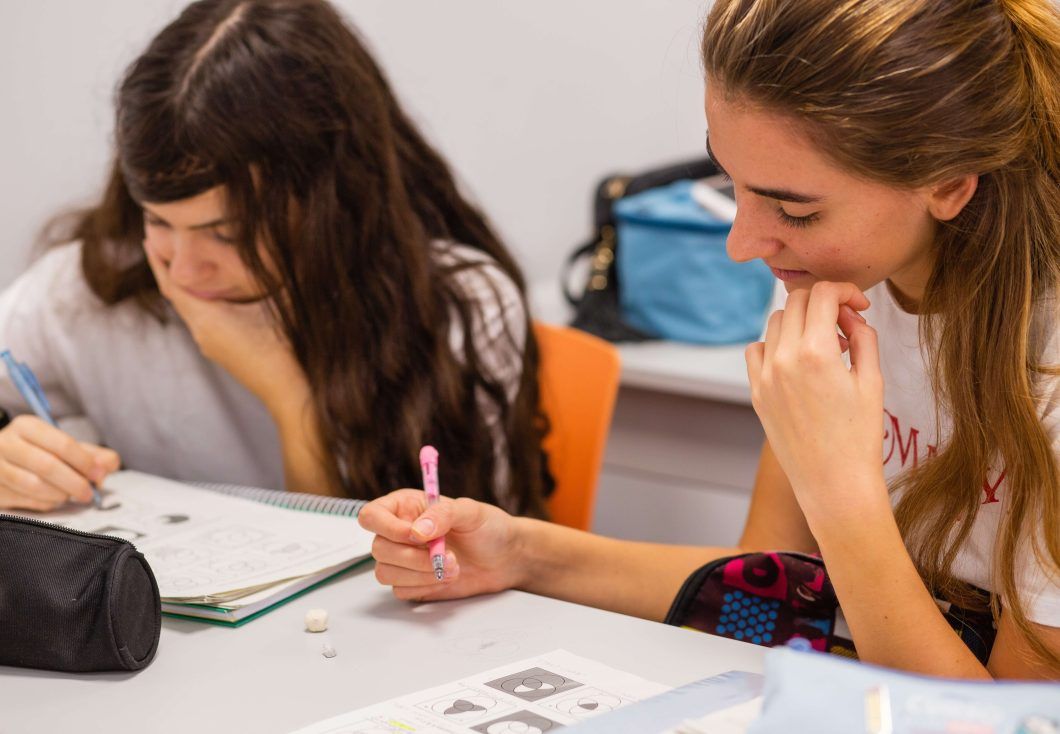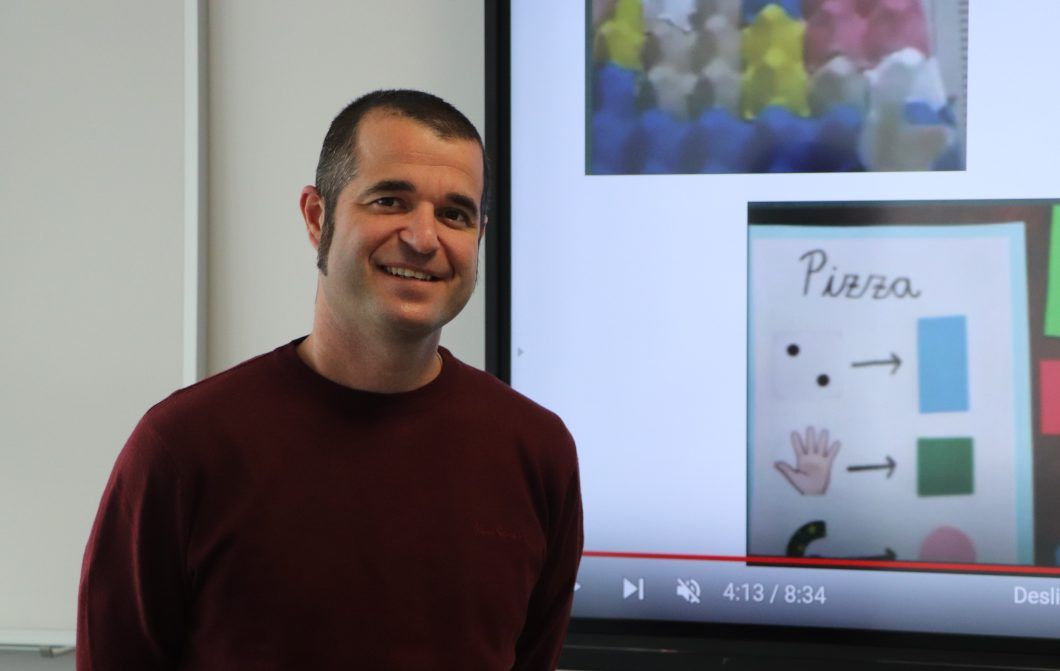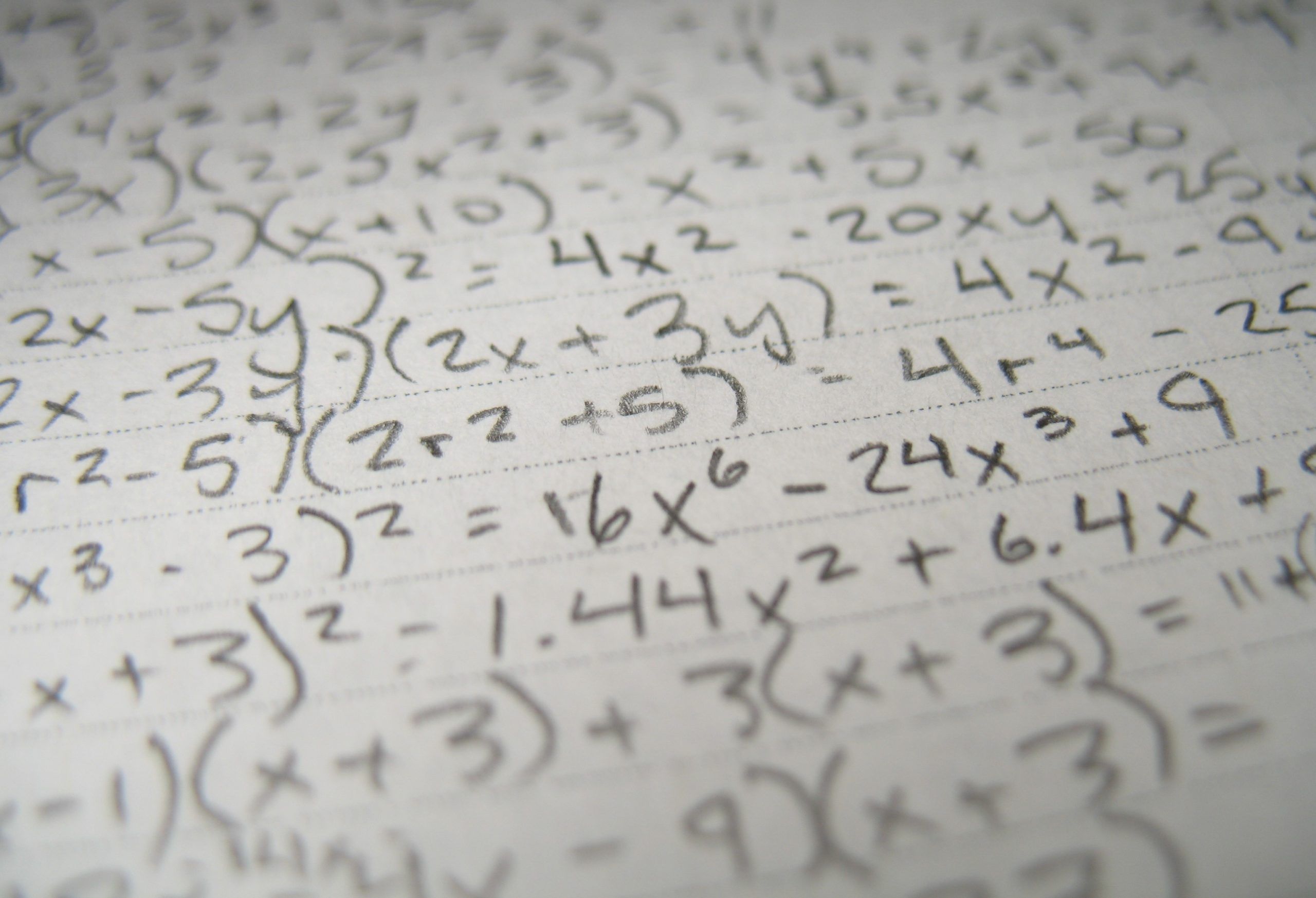Alberto Zapatera, a CEU UCH lecturer on the Primary Education degree in Elche, is a proponent of Early Algebra, encouraging algebraic thinking before secondary school.

Algebra helps us to deal with everyday problems and situations in our personal, social and working lives. “We all need a certain amount of mathematical understanding and reasoning, and to know how to use mathematical tools.” This is the view of Alberto Zapatera, a lecturer in Primary Education and a researcher in mathematical thinking, who believes that algebra should be taught in primary schools as well as in secondary education. Algebra helps students to explore relationships between quantities, to model the world, to make predictions and generalizations, to reason, to communicate and to articulate ideas.
Why is it important to develop algebraic thinking in primary school children?
Because the way mathematics is currently taught in primary education causes problems for the teaching of algebra in secondary education. These problems lead to some pupils developing an aversion to algebra, and unfortunately that can become generalized to mathematics as a whole. Traditionally, the teaching of algebra has been carried out in the early years of secondary education. It was thought that primary school children weren’t ready to move from concrete to abstract thinking. However, many researchers in the field have found that primary school children possess an innate reasoning capacity that enables them to develop a capacity for algebraic thinking. Indeed, even that algebraic thinking is inherent to this capacity.
This research has given rise to new approaches, especially early algebra, which promotes the inclusion of algebra within the primary curriculum, and even in early years education. The aim is to facilitate the study of algebra in later years and, more fundamentally, to promote a different way of thinking and interacting with mathematical objects, structures and relationships and to put the focus on understanding in teaching.
Different approaches have been proposed for the introduction of algebra and algebraic thinking in primary education. These include generalized arithmetic, ratios, functions, equations, generalizations, algebraic language, transformations, modelling, and mathematical problems.
We’re currently undertaking some really interesting research about the ways in which algebraic thinking can be introduced into early years of children’s education. There’s no unified approach, but there is a consensus that algebra in primary education should not be limited to teaching algebraic symbols, in terms of letters and numbers. Instead, the focus has to be on organizing activities which get the children actively involved in mathematical processes, enabling algebraic thinking to emerge and be understood.
Algebra in primary school
What’s your view on the best approach?
All these approaches are valid and can help to make algebra part of the primary curriculum. My research centres on two interrelated approaches: pattern generalization and functional thinking. For many researchers, generalization is the essence of algebra and the most effective way of introducing children to it. Generalizing consists of moving from the particular to the general, and to see what is general by looking at the particular. With regard to pattern generalization, this is about perceiving a common property in several terms in a sequence and then applying that property to all the terms in that sequence. In the same way, the functional approach concerns how we can explain quantitative relationships in real-life situations through functions. In this way, functional thinking centres on the construction, description, reasoning and representation of relationships between covariant quantities.
When Vergel talks about mathematical thinking, what does he mean and what do pupils get out of this?
According to Mason, Burton and Stacey, mathematical thinking is about conceiving of mathematics more as a process rather than a product, more as a set of ideas than exact results. The aim is to show how to deal with any problem, how to tackle it effectively and learn from each experience. In other words, mathematical thinking is about applying mathematical knowledge to understand the relationships that exist in the world around us, and to quantify, to reason about, to represent, and to communicate them.
Schoolchildren who can think mathematically can apply mathematics to their environment and use their mathematical knowledge as a tool to describe the world and operate effectively within it. To put it another way, people who can think mathematically can recognize the applications of mathematics in different settings and use them to understand situations and provide solutions.
What does this mean for teachers?
This new conception of what mathematics is constitutes a challenge for teachers and teacher trainers, because we have to change our conception of teaching. We have to help our pupils to develop skills which enable mathematical thinking. This will allow them to deal with everyday problems effectively and find solutions.

Losing the fear of maths
How can we help primary schoolchildren lose their “fear” of maths.
I think the fear of maths derives largely from the fear of failure. This fear of failure makes the children less confident, it lowers their self-esteem and leads to mental blocks and perceived limitations. And, in the end, too often, it leads to a rejection of maths. This failure takes us back to the deficiencies we were talking about earlier. To overcome the fear schoolchildren may have of maths, we have to resolve the deficiencies in maths teaching and learning.
What can we do?
We have shake up our teaching methods, using ones which require active participation, putting the pupils at the heart of their own learning process, enabling them to construct their own knowledge. We must adapt the curriculum to pupils’ needs and current circumstances. And, most especially, we have to offer teachers training and skill improvement programmes, as they will be the ones who drive this change. That’s how we’ll see new teaching approaches implemented. Teachers will be able to design appealing and engaging tasks and activities, showing maths in a friendly and fun light, arousing pupils’ interest. We need teachers to convey passion and interest in mathematics.







